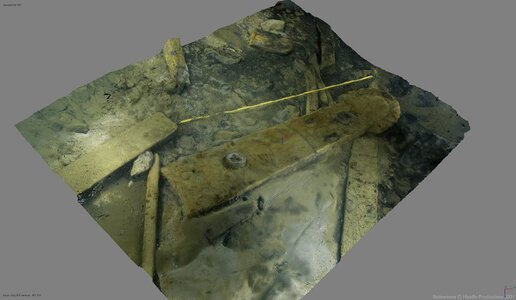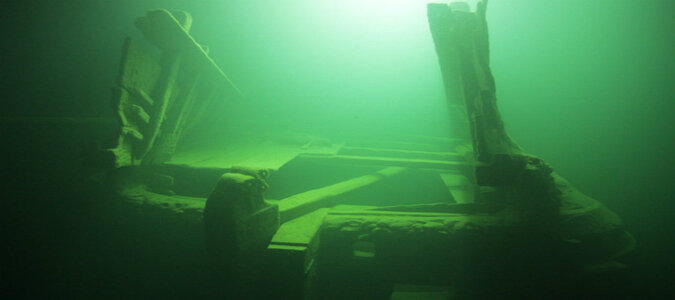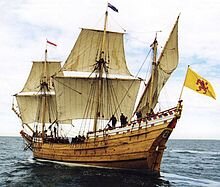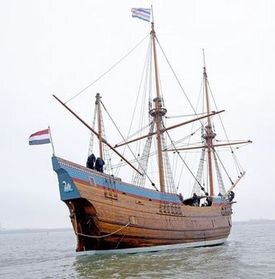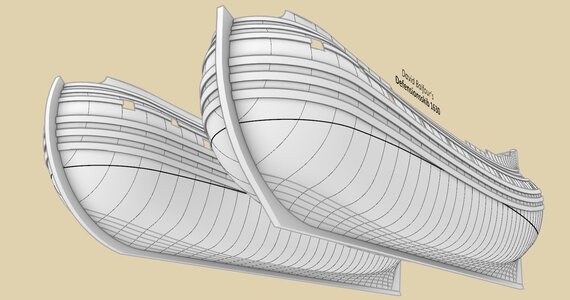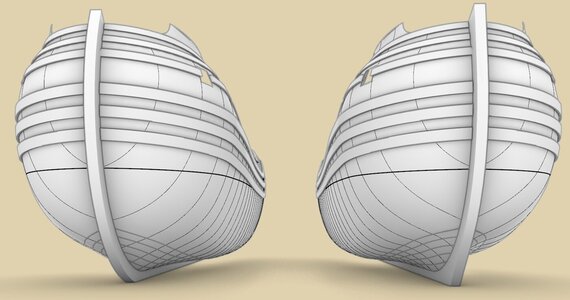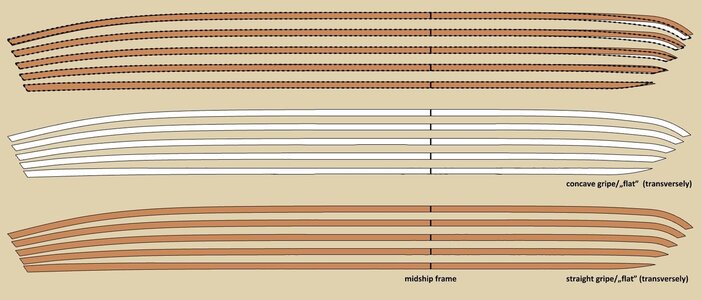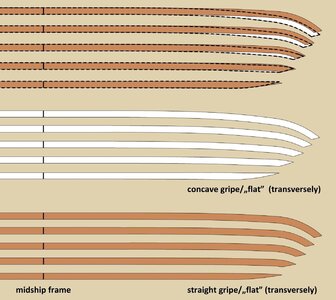.
Transoms in the early ships could be really narrow, and this not only in the fluits. Below are some samples. The transom of the Badewanne, the fluit built in 1636, is even narrower than transom of the Balfour's fluit (about 1.5 feet and 2.5 feet respectively). As far as the aerodynamic function of high sterns is concerned, I think it is more about emergency or abnormal situations, such as a heavy storm or other situations where the sails could not be hoisted or were destroyed, and the ship was still expected to self-align to the wind. Because a ship with its side facing the waves and the wind in a storm is a doomed ship.
Niklas Eriksson explains that Sund tolls were never paid according to the breath of ship's deck. It is just another myth. They were paid according to the declared cargo value (see his work Urbanism under Sail...). Anyway, the breadth of decks on fluits at midship area was the same as on other ships.
EDIT: I also just came across a very good, convincing paper by Mogens Jensen, Was the flute a vessel designed to evade paying toll in the Sound? [in:] „Tidschrift voor Zeegeschiedenis” 37, 2018/2 (available online on the publisher's website), which discusses the issue in more detail, and clarifying this misunderstanding repeated by even the most recognised authorities in the field.
Transom of the Badewanne 1636; width at the top – 40 cm (photo by Jouni Polkko):
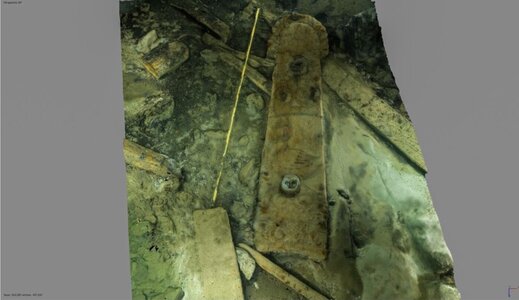
Visual reconstruction of the Badewanne 1636 by Niklas Eriksson:
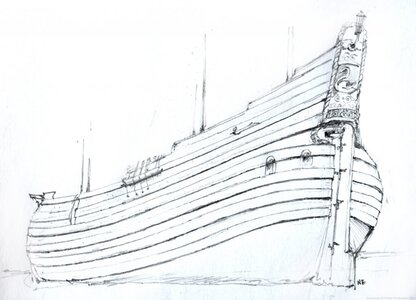
Wenceslaus Hollar, Naves Mercatoriæ Hollandicæ, vulgo VLIETEN, 1647:
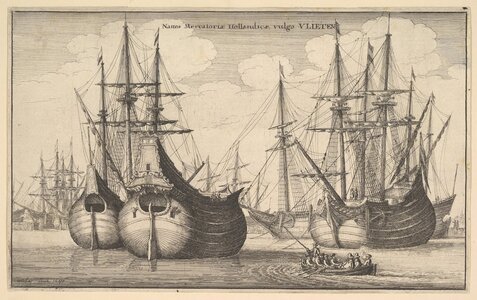
Dutch herring fleet drawn by van de Velde the Elder, depicting fluits all sporting extremely narrow transoms, very similar to the defensionsskib 1630 by David Balfour:
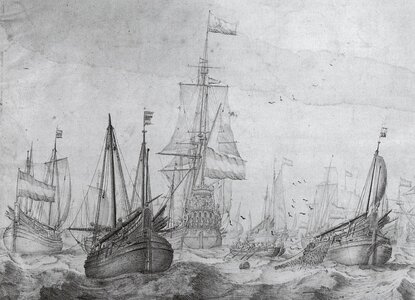
.
Last edited:




